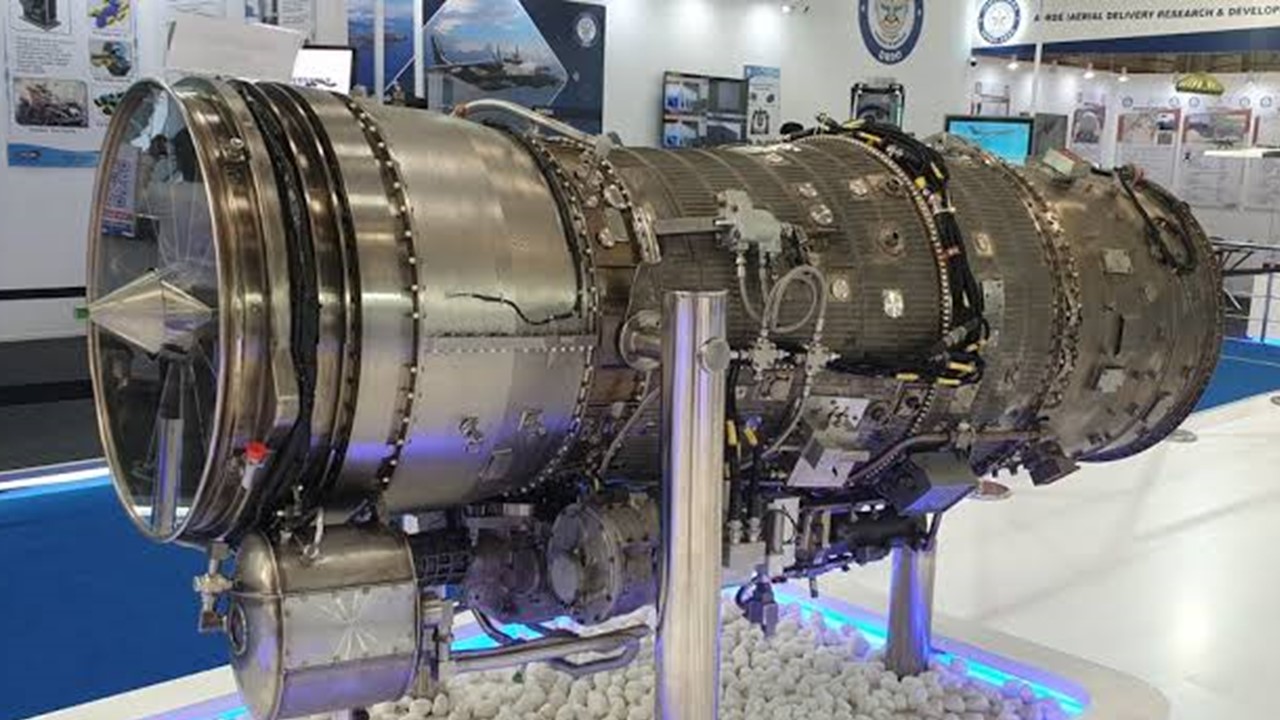SOURCE: RAUNAK KUNDE / NEWS BEAT / IDRW.ORG

After experiencing turbulence in its turbofan program for years, the Dry Kaveri engine’s fortunes have turned around. It has completed High Altitude trials in Russia, where it delivered hours of smooth performance. As a result, DRDO’s GTRE lab has awarded a production license to Godrej Aerospace for eight modules of the Dry Kaveri engine. Over the next five years, these modules will be refined to make them near production-ready.
Despite the positive development, the Dry Kaveri engine, even with an Afterburner section included, cannot generate more than 76.5kN of thrust, which falls short of the Indian Air Force’s desired 84kN for the Tejas Mk1A that is currently being powered by the GE-F404 engine. However, this has not deterred India’s plans to develop a new 75kN Dry thrust engine with a foreign engine maker that can deliver a maximum thrust of 120kN.
GTRE is also looking to leverage its collaboration to further tweak the core of the Kaveri engine, which could result in an additional dry power output of 5kN. Even such a small improvement would give India an F-404 class engine, which could be used for other programs such as the development of a Supersonic unmanned fighter bomber or HALE Class Deck-based unmanned fighter bomber.
India’s upcoming Stealth Unmanned Strike Aircraft will be powered by the 48kN Dry Kaveri engine. This aircraft will also have a variant, the Stealth Unmanned Ai superiority Fighter, which will enable strikes on targets located within enemy airspace and territory. The development of both programs will receive a boost from India’s 5th generation AMCA stealth fighter jet initiative, which is expected to lead to the creation of additional stealth programs.
NOTE : Article cannot be reproduced without written permission of idrw.org in any form even for YouTube Videos to avoid Copy right strikes